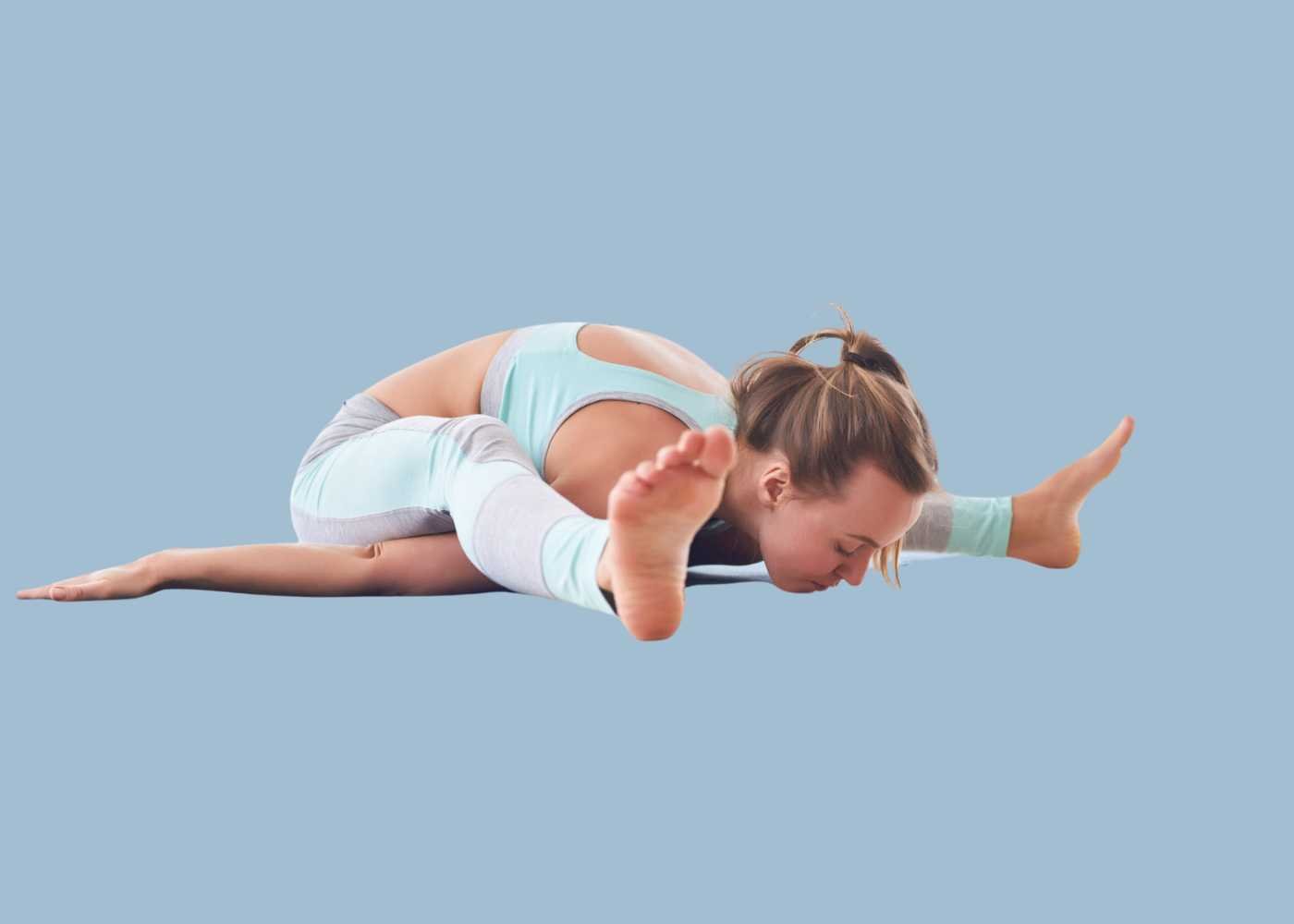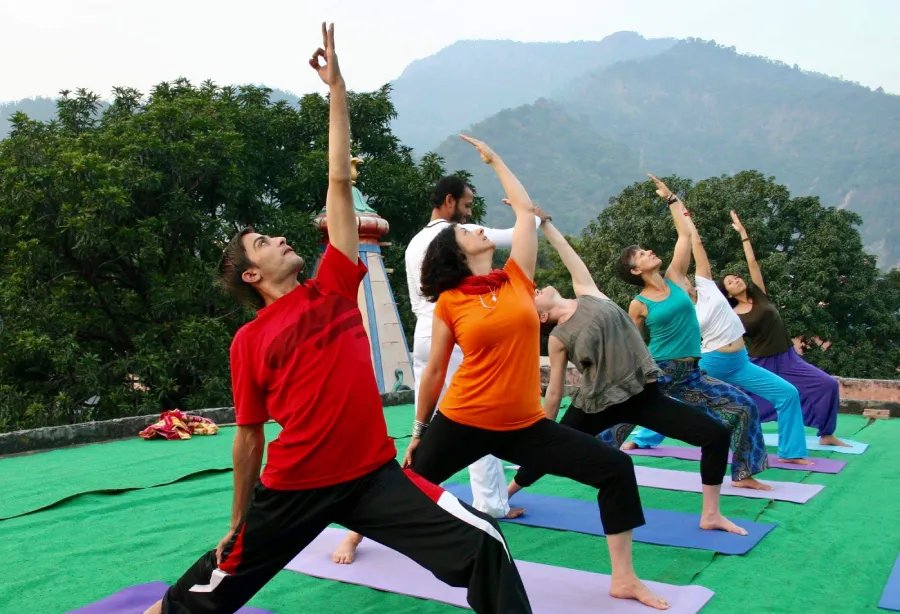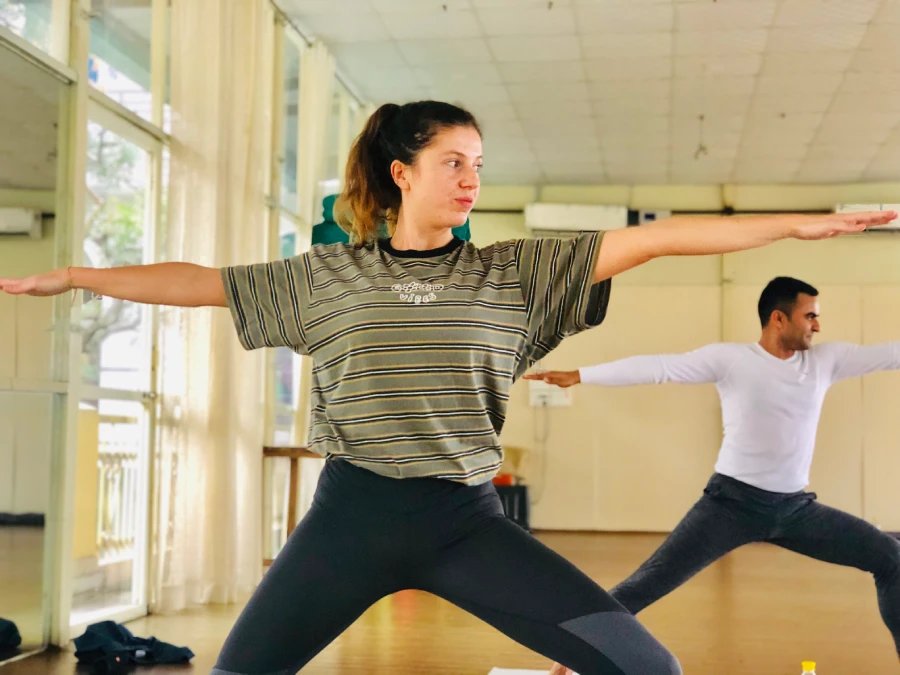Taking a trip through the age-old and transforming art of yoga reveals an inner depth and quiet in addition to strength and flexibility on the outside. The Tortoise Pose, also known as Koormasana, is one of the many positions offered by yoga. It is characterized by a deep forward bend that represents the inward turn of the self, like a tortoise retreating into its shell. This is a route to flexibility, calmness, and contemplation, not just an asana. Let’s examine how to do Koormasana, consider its many advantages, and take the required safety measures to guarantee a fruitful and safe practice.
Steps to Perform Tortoise Pose (Koormasana)
- Start in a Seated Position: Start by sitting on your mat with your feet together, spine straight, and legs straight out in front of you. This is the Staff Pose or Dandasana.
- Spread Your Legs: While maintaining a straight and active posture, slowly extend your legs as wide apart as is comfortable. By doing this, you open up your pelvic region and get your body ready for the deep forward bend.
- Bend Forward: Release your breath and, while keeping your spine length intact, begin to bend forward from your hips rather than your waist. To reach the depth of Koormasana without putting undue strain on your back, you must make this slow forward bend.
- Slide Your Arms: One at a time, carefully slide your shoulders and arms beneath your knees. With your palms facing down on the ground, extend your arms as far back as you can. This resembles the head of a tortoise curving back into its shell.
- Lower Your Torso: Keep lowering your torso while attempting to lay your chin and chest on the ground. It takes time for many people to achieve this, so try not to push your body into the pose.
- Final Position: After completing the position, let go of tension in your body, particularly in your shoulders and back. For as long as it is comfortable, stay in this posture while paying attention to your breathing and your body’s sensations.
- Release: To come out of the pose, raise your chest slowly, take your arms out from beneath your knees, and sit back down with your legs straight in front of you.
Benefits of Tortoise Pose (Koormasana)
- Enhances Flexibility: includes increased flexibility in the hamstrings, shoulders, and spine from the deep stretches provided by this pose.
- Stimulates Abdominal Organs: The forward bend enhances detoxification and digestion by massaging and stimulating the abdominal organs.
- Calms the Mind: By promoting reflection and serenity, Koormasana helps people feel less stressed and anxious.
- Improves Focus: The mental clarity and focus that this pose requires are enhanced by the concentration needed to hold it.
- Strengthens Muscles: It helps to build a stronger core and a more solid upper body by strengthening the shoulders, back, and abdominal muscles.
Precautions and Contraindications
- Back Issues: People who have serious lower back issues should proceed cautiously or not at all with this pose.
- Shoulder or Neck Injuries: If you have had or currently have shoulder or neck ailments, stay away from Koormasana.
- Pregnancy: Because of the severe forward bend and pressure on the abdomen, pregnant women should avoid attempting this posture.
- Hernia: Since this pose places more strain on the abdomen, people who have a hernia should avoid it.
Conclusion With its deep forward bend and contemplative quality, Koormasana is a profound position that has many physical and mental health advantages. But it’s important to approach this pose patiently, mindful of your body’s limitations, and ideally with the help of a qualified yoga instructor. When you integrate Koormasana into your practice, let the pose reveal its treasures at your own pace. Instead, accept the journey with an open mind and heart. Recall that the purpose of yoga is not to perfect every pose but to develop a deeper connection with yourself via the personal journey of each asana.
Learn to know more about yoga poses so you can visit yoga school and join 200 hour yoga teacher training in rishikesh and 200 hour yoga teacher training in bali




